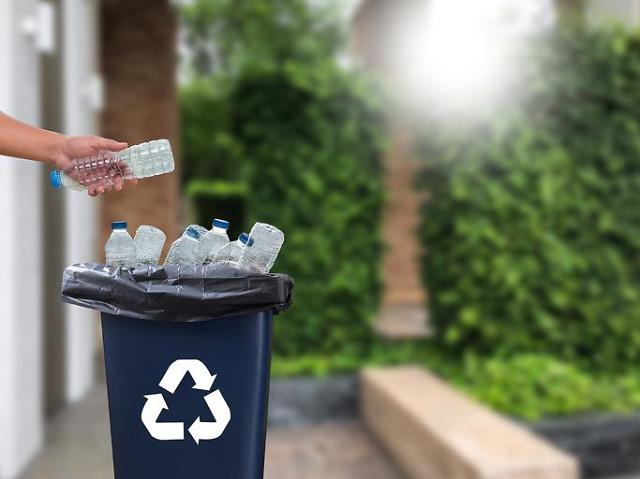
[Iclickart]
SEOUL -- In line with rapid expansion at other domestic petrochemical plants, Yeochun NCC, a key producer of raw materials for various petrochemical industries in South Korea, will invest some 740 billion won ($666 million) to boost production at its naphtha-cracking center and build a new butadiene plant.
Yeochun NCC, a joint venture between Hanwha Chemical and Daelim Industrial, has naphtha-cracking facilities in the southern industrial city of Yeosu to produce basic feedstock materials for the petrochemical industry, such as ethylene, propylene, benzene, toluene and butadiene.
The company said Wednesday that it would spend 600 billion won on expanding the production capacity of its naphtha-cracking center from 1.95 million tons of ethylene to 2.28 million tons by 2020. Some 140 billion won will be invested to boost the production of butadiene, used as a monomer in the production of synthetic rubber, from 240,000 tons per year to 370,000 tons by the same year.
Helped by robust exports, South Korea's petrochemical industry has unveiled a series of measures to expand facilities. In 2017, exports of South Korean petrochemical products were valued at $30.1 billion, up 33 percent from a year ago, according to the Korea Petroleum Association, which predicted brisk sales of petrochemical products this year on the back of strong global demand.
In February, GS Caltex, jointly owned by Chevron, an American energy group, and South Korea's GS Group, disclosed a new investment plan to build an olefin plant in the southern port city of Yeosu that would produce 700,000 tons of ethylene and 500,000 tons of polyethylene annually. The plant will be completed in 2022.
Last week, S-Oil, a petroleum and refinery company controlled by Saudi Aramco, said it considers investing more than five trillion won to build mixed-feed cracker and olefin downstream facilities by 2023 that could produce high-value petrochemical products.


![[INTERVIEW] Peruvian envoy aspires to upgrade bilateral relations with S. Korea through APEC events](https://image.ajunews.com/content/image/2024/02/01/20240201112505987938.png)

